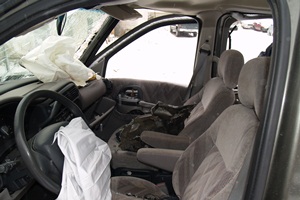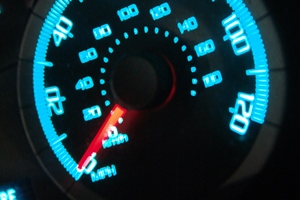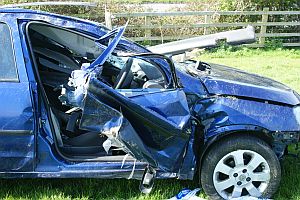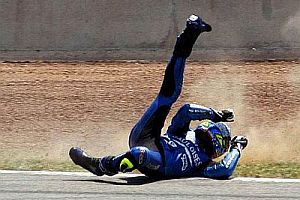Auto Injuries Increase Risk of Future Back Pain
 The National Highway Traffic Safety Administrations reports that more than two million people are injured every year in auto-related accidents involving either a passenger vehicle, large truck, or motorcycle. Furthermore, that number appears to be climbing at an alarming rate, increasing more than five percent between 2014 and 2015 alone.
The National Highway Traffic Safety Administrations reports that more than two million people are injured every year in auto-related accidents involving either a passenger vehicle, large truck, or motorcycle. Furthermore, that number appears to be climbing at an alarming rate, increasing more than five percent between 2014 and 2015 alone.
Certainly, being involved in this type of incident can have long-lasting effects. For instance, one study published in the journal Psychosomatic Medicine found that “a substantial minority” of subjects questioned reported experiencing anxiety when traveling in a motor vehicle post-accident, with 10 percent developing post-traumatic stress disorder (PTSD), a condition that, in some cases, plagued them for years.
Well, another recently published study has found that being in a car crash can also result in long-term physical ramifications as well. Specifically, it discovered that back pain can linger or appear long after the vehicle has been fixed and the debris has been cleaned out of the roadway.
In April of 2017, the European Spine Journal presented a study involving 789 adults, all of whom reported experiencing mild low back pain or no pain at all. Upon entering the study, each person was asked whether or not he or she had been in a motor vehicle accident resulting in low back pain, making note of whether their level of pain increased, decreased, or stayed the same six and 12 months down the road.
Approximately 74.8 percent of the participants responded at the six month mark, with 64.5 percent providing input at 12 months. Of those who did respond, researchers noticed a positive correlation between those who had previously been involved in an auto accident and the incidences of low back pain at a later date. In other words, having a car crash in your past may increase your risk of back pain in the future.
This is partially why being assessed right after a car wreck is so critical. While this is relatively standard when it comes to auto injuries that can be seen or easily felt, damage done to the musculoskeletal system isn’t quite so visible or easy to pinpoint, which also makes it easier to ignore.
Educating patients is the first step to helping them resolve any subsequent back issues. The second step is to regularly ask them whether they’ve been involved in a crash, no matter how small. If they have, addressing that issue first and foremost can keep their quality of life from being compromised months, years, or even decades later.
References
- Mayou R, Tyndel S, Bryant B. Long-term outcome of motor vehicle accident injury. Psychosomatic Medicine 1997;59(6):578-84.
- Nolet PS, Kristman VL, Côté P, Carroll LJ, Cassidy JD. The association between a lifetime history of low back injury in a motor vehicle collision and future low back pain: a population-based cohort study. European Spine Journal 2017;doi:10.1007/s00586-017-5090-y
- Traffic Safety Facts. (August 2016). 2015 Motor Vehicle Crashes: Overview. National Highway Traffic Safety Administration.
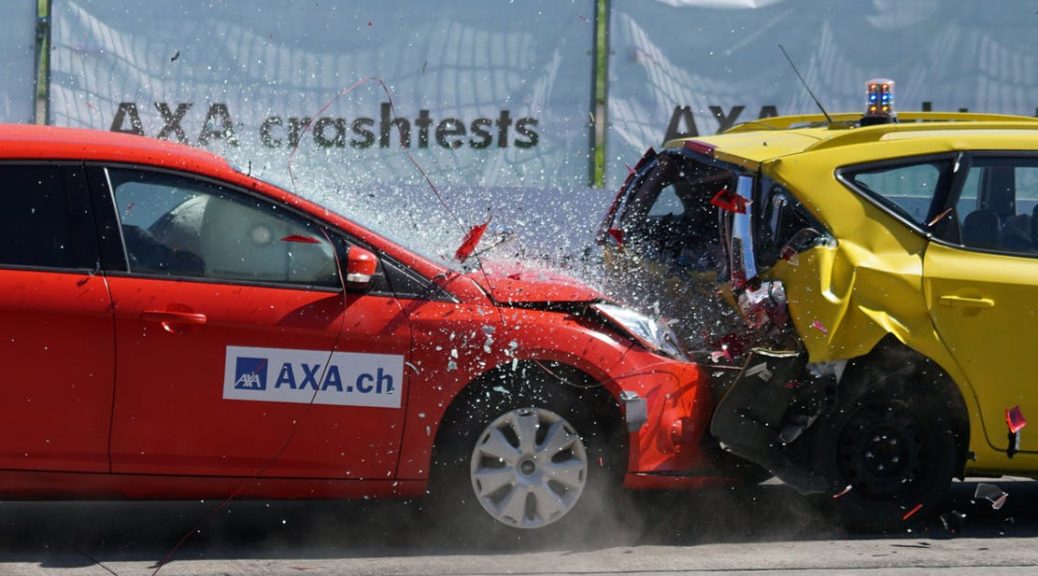
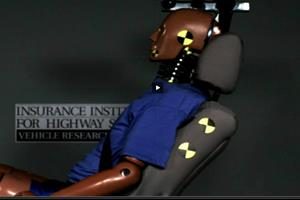 Many people are under the mistaken impression that the head-sized extension at the top of your car’s seat is a head rest. It’s actually not a place to rest your weary head during a long drive, but rather a safety feature called a head restraint that is there to help prevent whiplash in the event of a rear-end collision. And having it adjusted properly can mean the difference between emerging unscathed and enduring weeks of neck pain, along with the cost and inconvenience of medical treatment.
Many people are under the mistaken impression that the head-sized extension at the top of your car’s seat is a head rest. It’s actually not a place to rest your weary head during a long drive, but rather a safety feature called a head restraint that is there to help prevent whiplash in the event of a rear-end collision. And having it adjusted properly can mean the difference between emerging unscathed and enduring weeks of neck pain, along with the cost and inconvenience of medical treatment.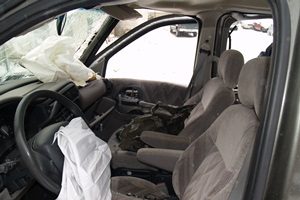
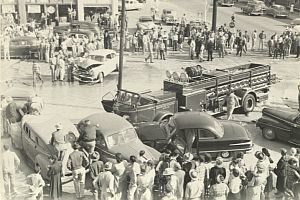 Perhaps the most frequent injury involving automobiles comes from closing the door. Nearly 150,000 times a year, someone is injured in this fashion, and that’s with the car parked or stationary. This includes doors closing on fingers. Another 10,000 are injured by using a jack and 74,000 have been injured by a car or car part falling on them.
Perhaps the most frequent injury involving automobiles comes from closing the door. Nearly 150,000 times a year, someone is injured in this fashion, and that’s with the car parked or stationary. This includes doors closing on fingers. Another 10,000 are injured by using a jack and 74,000 have been injured by a car or car part falling on them.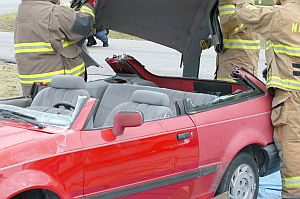 Even if your recent fender bender didn’t seem too serious, there’s still a very real chance that you or your passengers may have been hurt. That’s because even the most minor car accidents can cause hidden injuries and delayed symptoms. And while damage to your car is likely obvious and easy to assess, evaluating damage to your body may be far more difficult. In fact, it’s not unusual for a driver or passenger to walk away from a collision with potentially serious musculoskeletal injuries (such as a concussion or whiplash), without knowing it.
Even if your recent fender bender didn’t seem too serious, there’s still a very real chance that you or your passengers may have been hurt. That’s because even the most minor car accidents can cause hidden injuries and delayed symptoms. And while damage to your car is likely obvious and easy to assess, evaluating damage to your body may be far more difficult. In fact, it’s not unusual for a driver or passenger to walk away from a collision with potentially serious musculoskeletal injuries (such as a concussion or whiplash), without knowing it.